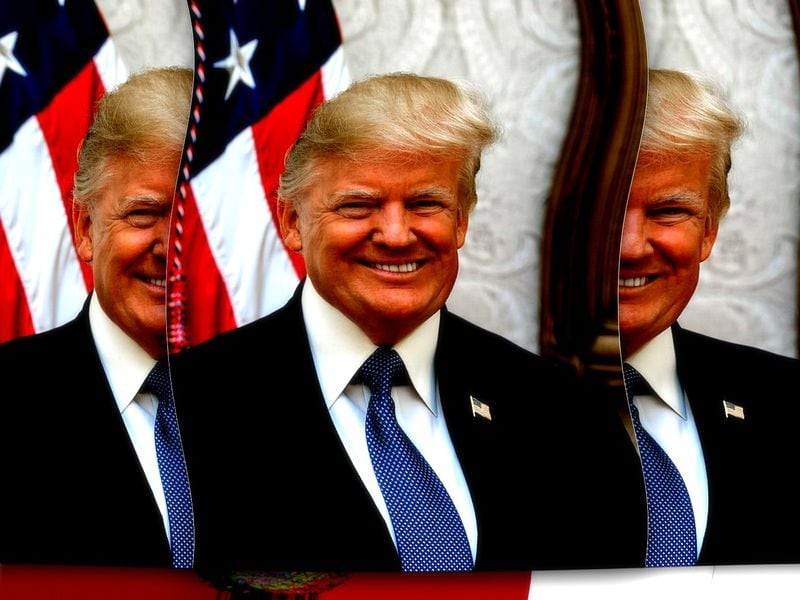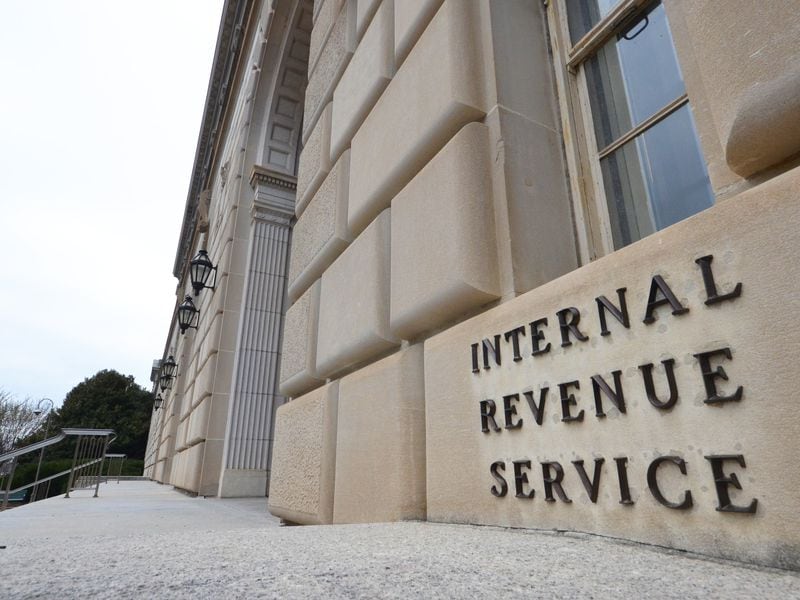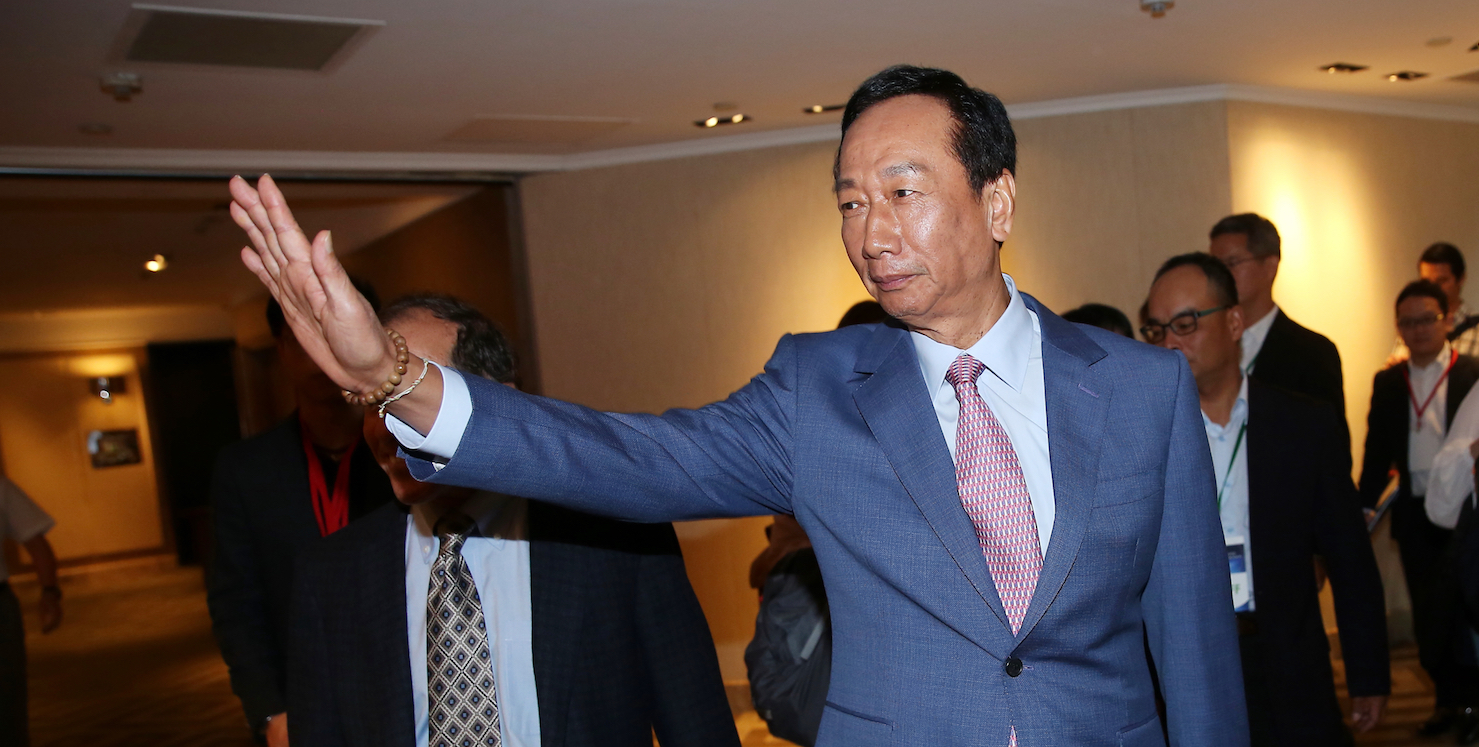Day 7 of Kleiman v. Wright: Wright Tells Jury Kleiman Only Mined ‘Testnet’ Bitcoins
MIAMI — Craig Wright – best known for his long-standing and widely disputed claims to be Satoshi Nakamoto, the pseudonymous creator of Bitcoin – told a Miami jury on Tuesday that at least a portion of the 1.1 million bitcoin the plaintiffs’ attorneys are calling “Satoshi’s hoard” were purchased, not mined.
“I purchased them from a Russian exchange,” the Australian computer scientist stated. “They were dodgy, I know, but everyone was dodgy in 2011.”
The Tulip Trust was a mysterious and perhaps, as some sleuths have speculated, non-existent offshore trust account the plaintiffs believe Wright has used to hide bitcoins. Wright told the jury the trust was created in 2011 to shelter his assets from an investigation by the Australian Tax Office (ATO). Wright said he signed over the assets in the trust, including over a million bitcoins, to Dave Kleiman, his best friend and alleged business partner who died in 2013, to protect himself from bankruptcy.
Wright added that the approximately 1.1 million bitcoins he claims to have purchased in 2011 have since been “spent” on Wright’s companies.
The plaintiffs – Dave’s brother Ira Kleiman and W&K Info Defense Research LLC, a company Ira claims Wright and Dave owned jointly to mine and “invent” bitcoin – are seeking what they claim to be Dave’s share of the bitcoins and intellectual property from their joint business venture. They have accused Wright of stealing from Dave’s estate through a complex web of legal maneuvers, shell companies and forgeries.
Wright, for his part, maintains that he and Dave never mined or “created” bitcoin together, despite a slew of emails, chat messages and legal documents presented by the plaintiffs in which Wright tells numerous people, including Dave’s friends and family and the Australian authorities, that he and Dave had a joint mining operation.
Instead, Wright testified in court that any emails saying he and Dave mined bitcoins together were either fraudulent (Wright has long maintained that he is the victim of numerous hacks) or taken out of context.
The defense has also leaned heavily on its allegation that Wright’s autism explains both his combative demeanor and his contradictory statements. In her deposition testimony read on Monday, Wright’s wife, Ramona Watts, said the couple used to “fight every day” over misunderstandings caused by Wright’s autism.
“He is literal beyond anything,” Watts said.
Wright told the jury on Monday that at least some of the bitcoins the plaintiff considers to be part of the “Satoshi stash” owed to Dave’s estate weren’t actually bitcoins at all but “testnet bitcoins” used to test a “supercomputer” that he and Dave were purportedly developing in 2011 and 2012. A testnet is an experimental environment for software under development; coins on such a network typically cannot be transferred to a live, or mainnet, version of a blockchain and so have little if any value.
Bitcoin expert Andreas Antonopoulos, who testified last week as an expert witness for the plaintiffs, told the jury that mining bitcoin could be done with an old-fashioned office computer – which he described as a “beige tower”– until 2013.
Wright also claimed that his emails to Dave’s brother Ira, his father Louis, and his friends and business partners Patrick Paige and Carter Conrad telling them that he and Dave worked together to “create” bitcoin were purposely exaggerated to give his deceased friend a legacy in the minds of his loved ones.
“I exaggerated because Dave had no one remembering him, and he was the most important person in my life for many years,” Wright tearfully told the jury, in one of his several openly emotional moments on the stand.
Wright told the jury that he did mine approximately a million bitcoins on his own, however, as “Satoshi,” (Wright told the jury he mined blocks 1 through 16) and as himself after retiring the Satoshi accounts at the end of 2010.
Wright alleges that he alone mined approximately 1 million bitcoins, that Dave independently mined approximately 1 million testnet bitcoins, and that Wright purchased 1.1 million bitcoins for the supposed Tulip Trust – the similarity in the numbers is, according to Wright, a coincidence, and the plaintiff’s attorneys are “conflating” separate batches of coins.
It is important to note that, thus far, neither side has called in an expert in blockchain forensic analysis to trace the origin and movements of any of the coins in question or to give testimony on the possible ownership of any of the wallets that hold (or held) those bitcoins.
Wright’s testimony will continue on Wednesday before the court breaks until Monday morning.

Cheyenne Ligon is a CoinDesk news reporter with a focus on crypto regulation and policy.
Subscribe to Money Reimagined, our newsletter on financial disruption.
By signing up, you will receive emails about CoinDesk product updates, events and marketing and you agree to our terms of services and privacy policy.









